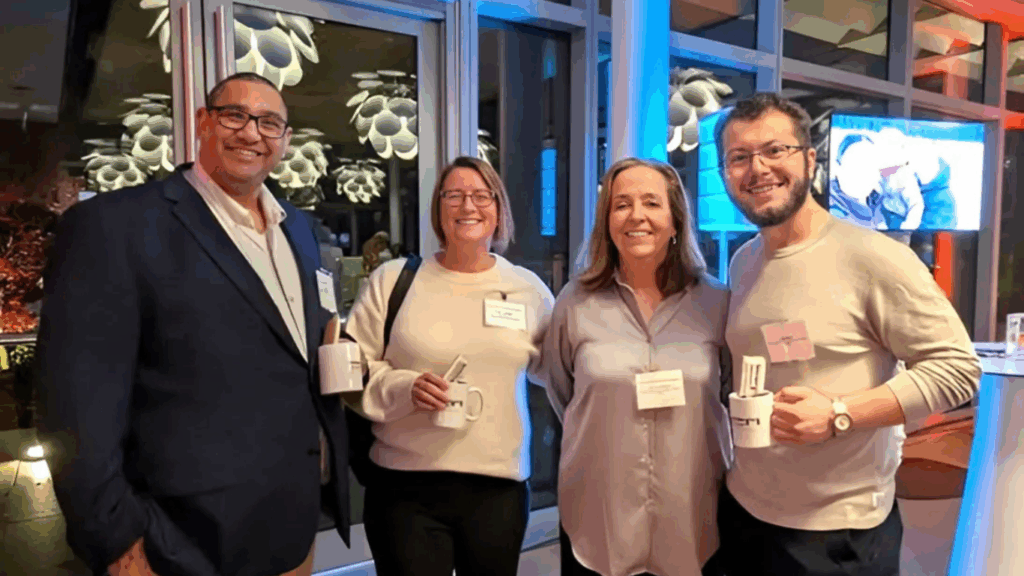The growing body of knowledge about interventions and supports that promote success for people with Fetal Alcohol Spectrum Disorders (FASDs) often overlooks sensory sensitivities, which can compound their other challenges. While most of us can unconsciously screen out the slight smell of a cleaning product or the faint hum of a computer, many people with FASD cannot. In this article, David Gerry answers some of your questions.
How do FASDs and sensory issues connect?
It’s vital for parents of children with FASD to develop skills to cope with the pervasive and varied sensory sensitivities that accompany this condition. When trying to figure out how sensitive a child is to stimulation, consider the five basic senses: taste, touch, smell, sight, sound. There are also three less familiar senses that must be considered:
- proprioception (where our joints and muscles are relative to each other);
- vestibular (where our body is in space relative to gravity);
- interoception: (communication between organs such as the bowel, bladder, stomach, etc.).
If you have any inkling that your child may be sensitive to aspects of their environment, lobby as much as you can for a sensory assessment when you attend an FASD clinic. You may be able to arrange an assessment with an occupational therapist (OT) through your school.
In either case, do your homework thoroughly so you can most effectively advocate for this important OT assessment. The effectiveness of cognitive and academic interventions might be thrown off if sensory sensitivities are not also addressed. For example, many children with FASD are very sensitive to the flicker of neon lights. Sometimes the solution can be as simple as allowing the child to wear a baseball cap or hoodie.
What should I do if I think my child has sensory processing difficulties?
There are a couple of places you can start your quest to be a sensory detective—that is, to identify and understand the effects of subtle environmental stimuli on your child’s behaviour. One starting point is to dig into the work of Kim Barthel, a very skilled and informed Occupational Therapist who works with people living with FASDs and their families. For an overview of her work and a list of resources, please visit kimbarthel.ca.
Another good starting place is to think about your child’s daily environments. A useful free guide to this process, Action For Inclusion: Making Community Environments More FASD Friendly, was created by the oldest FASD charity in Canada. This guide was developed by asking trained young people with FASD to visit various environments, such as hospitals and offices, and give their feedback. The results provide a good starting point for parents to use to identify and decode their child’s responses to environmental stimuli or triggers.
What kinds of treatments are effective?
Skilled OTs can obtain almost magical results through intervention. In one case, an OT visited a mother who was awaiting an assessment by a child protection social worker. The result of the social worker’s assessment would determine whether or not the mother’s daughter would be returned to her custody. The OT noticed the mother was becoming increasingly more agitated, and was able to connect her behaviour to a random noise made by an electric baseboard heater.
Most of us would automatically screen that noise out, but the mother’s sensory sensitivities caused by her FASD meant she couldn’t. The OT advised her to either turn the heater off or meet the social working in another room, away from the distracting sound. That way she could concentrate and avoid making a bad impression on the social worker that could derail the assessment.
In another case, Kim Barthel assessed a young woman at our FASD clinic. She identified that the woman’s abdomen was hypersensitive to any touch, as well as to most clothing. Both the woman and her mother had a huge epiphany when they realized there was a very simple explanation for why they had to abandon skiing holidays together years ago. The woman could tolerate the feel of either the ski pants or the ski jacket but never both.
The mother had interpreted her daughters’ refusal to wear both items of clothing as teenage rebellion or stubbornness. With that simple insight, a lingering misunderstanding was healed. Both mother and daughter came to understand that there were several other unrecognized sensory sensitivities that had impacted both their lives. The young woman came to better understand her needs and learned to how to ask for help and become a more effective self-advocate.
Hopefully your parental detective work will lead to dramatic results like the ones described above, without all the years of frustration and misunderstanding.
David Gerry began his intensive applied learning in the field of Fetal Alcohol Spectrum Disorder (FASD) as a direct result of becoming a foster parent to two children with FASD. In 2000, he co-founded a charity called The FASD Community Circle to develop programs and services for those with FASD.





